Discover how to build a powerful demand-generation strategy with our comprehensive guide to help drive sustainable business growth.
As we immerse ourselves in the bustling universe of marketing, the term 'demand generation strategy' often bubbles up to the surface.
It's one of those buzzwords that gets thrown around, often interchanged with lead generation or inbound marketing. But let's hit the brakes for a moment and unpack this.
Demand generation isn't just another fancy term to impress during marketing team meetings. It's the very lifeblood that fuels your growth engine.
While demand generation and lead generation are interrelated, they are not the same.
In a nutshell, demand generation is about creating interest in your company's products or services as a whole, while lead generation focuses on capturing the information of those specific individuals who show interest, turning them into potential sales opportunities.
Here at Huble, we've rolled up our sleeves, dived deep into this world, and emerged with the kind of wisdom that can only be garnered through first-hand experience. So, let's unpack this together.
Take the software giant, Adobe, for instance. In an effort to drive demand for their Adobe Creative Cloud subscription, they designed a robust demand generation strategy.
By clearly defining their target audience, setting SMART goals, developing an integrated marketing and sales strategy, and leveraging multi-channel campaigns, Adobe managed to amplify brand awareness significantly.
Their lead generation efforts revolved around free trials and resourceful lead magnets, followed by careful lead nurturing and sales enablement.
Coupled with diligent tracking via analytics, this demand generation strategy yielded a significant increase in Creative Cloud subscriptions and boosted customer engagement on their platforms. Adobe's success underscores the power of a well-executed demand generation strategy, driving both growth and customer loyalty.
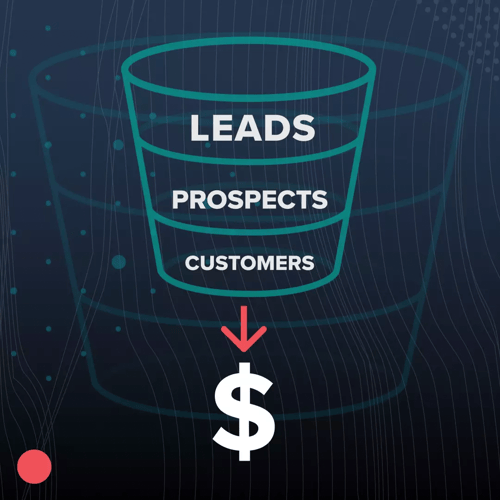
Simply put, demand generation is the science (and art!) of generating awareness and interest in your products or services. It's not about shoving your product in the face of the consumer.
Instead, it’s about sparking curiosity, piquing interest, and then guiding this newfound interest down the path that eventually leads to the sweet spot - conversion.
But hey, it's not a one-man show. A robust demand generation strategy calls for an all-hands-on-deck approach where marketing and sales teams don't just coexist but collaborate and harmonise their efforts.
In this article, we’ll look at at:
Let’s dive in!
Who's listening? Identifying your target audience
In our quest to generate demand, we're not simply broadcasting to the vast expanse of the internet, hoping to catch someone, anyone, in our net.
Instead, we're sending out a carefully calibrated signal, designed to resonate with a specific group of people - our target audience.
Here's a Huble secret for you: Knowing who you're talking to makes all the difference. It’s the secret sauce that can transform your message from a mere whisper in the wind to a resonant note that strikes a chord with your audience.
It's about understanding their needs, their pain points, their motivations, and then tailoring your message to echo with their reality.
So, in essence, your target audience isn't merely a demographic statistic. It’s a living, breathing group of individuals whose challenges you understand, and whose lives you aim to enhance with your product or service.
Setting the course with SMART goals
With a clear understanding of our audience, it's time to chart our course. How? By setting SMART goals.
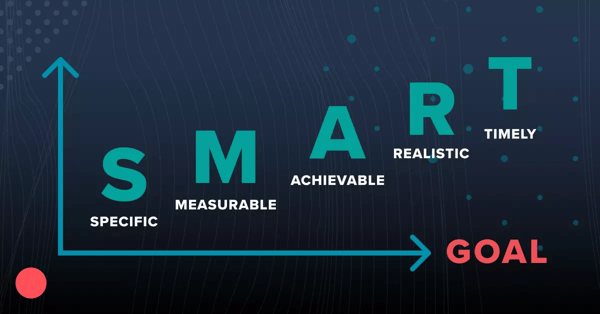
As we navigate through the dynamic waters of marketing at Huble, SMART goals act as our North Star. They ensure we're not just doing things for the sake of doing them but moving in a direction that aligns with our broader vision.
But remember, SMART goals aren't just a set-it-and-forget-it deal. They're a constant compass, ensuring every piece of content, every campaign, and every sales call is steering us closer to our desired destination.
Harnessing the power of an integrated strategy
Now that we have a destination (SMART goals) and a map (knowledge of our target audience), it's time to embark on the journey. And this is where an integrated marketing and sales strategy comes into play.
But what does it entail, you ask? Think of it as the cohesive force that binds together the different facets of your demand generation strategy.
By creating a marketing strategy that is intertwined with sales, we ensure that our efforts are not functioning in separate silos but are working hand in hand to usher the consumer down the demand generation funnel.
This includes running campaigns across multiple channels - from social media and email marketing to webinars and SEO.
A multi-channel approach does more than just increase the reach of your message. It provides consumers with a consistent and holistic brand experience, regardless of the platform they choose to engage with.
This fosters a sense of trust that can significantly impact the consumer's decision-making process.
Now that we've established the importance of an integrated marketing and sales strategy, it's time to delve into one of its most critical components - building brand awareness.
Amplifying your voice: building brand awareness
In the vast, noisy marketplace of today's world, creating a standout identity is paramount to your demand generation strategy.
Building brand awareness isn’t just about getting your name out there; it's about associating your brand with quality, reliability, and trust, essentially giving your integrated strategy a distinct voice.
So, how do you make your brand memorable and distinctive? Here's our take at Huble:
- Know your unique value proposition (UVP): Understand what sets your product or service apart. What unique benefit or solution do you provide that others don't? This UVP is the cornerstone of your brand message.
- Be consistent across all channels: Consistency breeds familiarity and trust. Ensure your brand voice, visuals, and messaging are uniform across all marketing channels. This includes your website, social media, email campaigns, webinars, and any offline marketing.
- Leverage content marketing: High-quality, relevant content is a great way to boost brand visibility and showcase your expertise. Whether it’s blog posts, eBooks, webinars, or podcasts, providing valuable content can position your brand as a thought leader in your industry.
- Use social media strategically: Social media is a powerful tool for enhancing brand awareness. Engage with your audience, share valuable content, and encourage conversations around your brand.
- Participate in industry events: Trade shows, webinars, and networking events offer excellent opportunities to connect with potential customers, showcase your brand, and establish your presence in the industry.
- Implement SEO best practices: To amplify your brand visibility, your potential customers need to find you in search engine results. Implementing SEO best practices can increase your brand's online visibility and drive organic traffic to your website.
Remember, brand awareness is not a one-off effort. It’s an ongoing process that needs regular nurturing.
By consistently reinforcing your brand's values and unique selling points, you'll gradually occupy a unique space in your audience's minds, strengthening your demand generation strategies along the way.
Casting the net: lead generation and capture
Having built brand awareness, the next step in the demand generation funnel is lead generation.
This is where our efforts begin to take a more tangible form. We're no longer just creating a buzz around our brand; we're actively attracting potential customers and capturing their information.
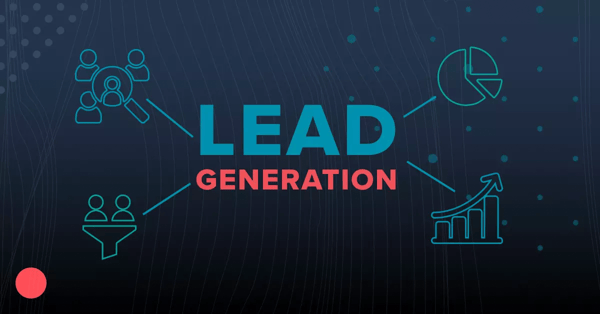
This phase is critical, but it's not about chasing after every single prospect that shows a modicum of interest. Rather, it's about identifying those who demonstrate a genuine potential to become customers - the ones who have needs that our product or service can fulfil.
With a variety of tools at our disposal, including lead forms, landing pages, and gated content, we can efficiently capture these leads.
Remember, each captured lead represents a unique individual who's given us permission to communicate with them. It's the beginning of a relationship that, when nurtured correctly, can evolve into a lasting partnership.
From interest to conversion: lead nurturing
But generating and capturing leads is only part of the journey. The real magic lies in nurturing these relationships.
At Huble, we've found that this is where many businesses falter. They invest significantly in lead generation, only to drop the ball when it comes to follow-up and engagement.
Lead nurturing is all about staying connected, providing value, and building trust. It's about proving to the lead that you understand their needs and that you're capable of fulfilling them.
This phase involves a series of personalised communications designed to educate, engage, and guide the lead towards conversion.
But remember, patience is key. Nurturing is a process; it doesn’t happen overnight. Keep providing value and maintaining contact, and in time, you'll see those leads turn into customers.
The art of sales enablement and alignment
As your lead nurturing efforts start bearing fruit and leads are primed for conversion, it’s time to introduce another critical component: sales enablement and alignment.
These elements focus on empowering your sales team with the right resources, knowledge, and tools to seal the deal.
Sales enablement isn't just about providing your team with product brochures or competitive analysis. It's about ensuring they understand the customer's journey and the challenges they face.
It's about equipping them with a deep knowledge of the buyer's persona, industry trends, and most importantly, how your product or service can solve the buyer's problem.
However, this doesn’t work in isolation. Sales alignment with marketing is equally important. It’s crucial that both teams are on the same page, sharing insights, and working toward a common goal.
When marketing and sales are aligned, there's a consistent, seamless transition for the consumer, moving from lead to customer.
Reporting and analytics: the backbone of your demand generation strategy
Every stage of the demand generation funnel should be informed by data. And that's where reporting and analytics come into play.
By consistently measuring the performance of our strategies and campaigns, we're able to identify what's working and what needs to be improved.
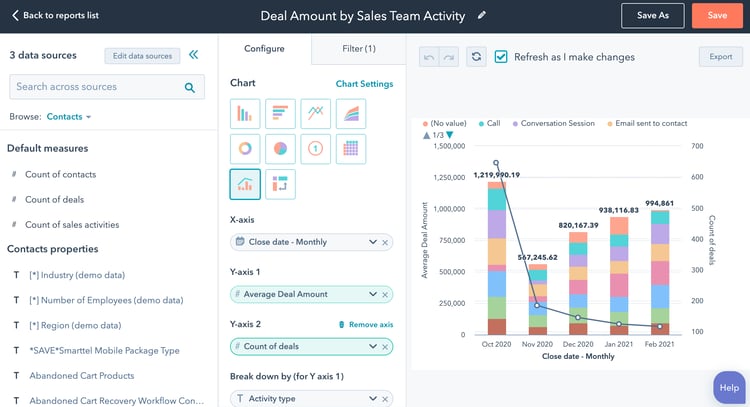
Source: hubspot.com
Tools like HubSpot’s analytics dashboards serve as a single source of truth across marketing and sales, providing comprehensive analytics that can drive strategic decision-making.
Whether you're examining the reach of a social media campaign, analysing the conversion rate of a landing page, or assessing the impact of a particular piece of content, data provides the insight needed to fine-tune your efforts and maximise results.
The cycle of continuous improvement
But the journey doesn't end when a lead converts into a customer. In fact, that's just the beginning. The final, ongoing phase of the demand generation funnel is continuous improvement.
By leveraging the insights gleaned from our analytics, we can continuously refine our strategies, ensuring our demand generation efforts are always evolving, always improving, and always driving growth.
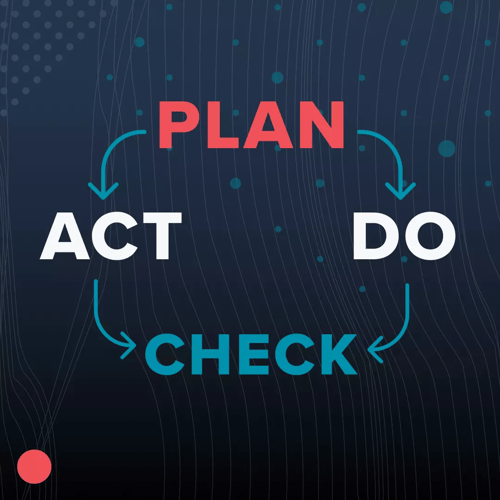
Building an effective demand generation funnel is a complex process, one that requires strategic thinking, a deep understanding of your target audience, and a commitment to continuous improvement.
But when executed well, it can be a game-changer for your business, transforming your lead generation and sales processes, and driving sustainable, long-term growth.
How Huble can help you build effective demand-generation strategies
Building an effective demand-generation funnel can be challenging. But here at Huble, we're experts in navigating this complex landscape. Our marketing consultancy experts have a wealth of experience in helping businesses like yours build demand-generation strategies that deliver results.
If you're ready to take your business to the next level, we're here to help. Speak with our team today to learn more about how we can help you achieve your goals.












.png)





